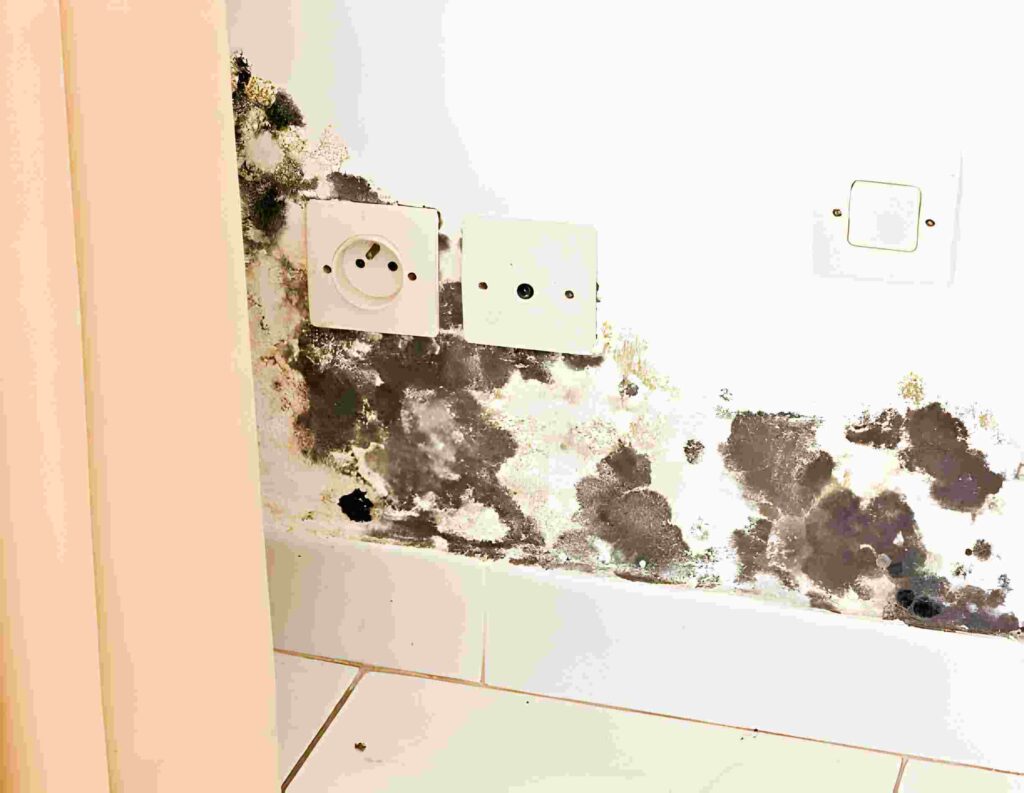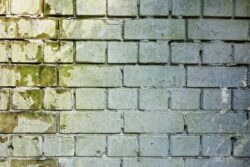
Mold is a type of fungus that thrives in damp, humid, and dark environments. It reproduces by producing spores, which are tiny, lightweight particles capable of traveling through the air and settling on various surfaces. These spores can then germinate and grow into new mold colonies, making mold a persistent and widespread problem.
Mold remediation is the process of identifying, removing, and preventing the recurrence of mold in indoor environments. It is crucial because mold growth not only poses health risks but can also compromise the structural integrity of buildings. Effective mold remediation ensures the safety and well-being of occupants while preserving the value and longevity of structures.
Mold, the silent intruder, can invade our homes and lives with stealth and persistence. While often unseen, its effects can be harmful to our health and the structural integrity of our homes. In this comprehensive guide, we will explore everything you need to know about mold remediation, from understanding what mold is and its potential dangers to effective cleaning techniques and strategies for preventing mold growth.
Types of Mold and Implications
Common Mold Species
There are thousands of mold species, but a few are commonly encountered in indoor environments:
- Stachybotrys chartarum (Black Mold): Known for its dark green-black color, this mold can produce mycotoxins that may be harmful to human health.
- Aspergillus: A common indoor mold with various species, some of which can produce mycotoxins.
- Penicillium: Often found in water-damaged homes, this mold can have blue or greenish colors.
- Cladosporium: This mold appears in both indoor and outdoor environments and can have a black or olive-green appearance.
Health Implications
Mold can produce allergens, irritants, and mycotoxins, all of which can have adverse health effects. Symptoms of mold exposure can range from nasal congestion and skin rashes to more severe conditions like respiratory problems and fungal infections. Individuals with allergies, asthma, or compromised immune systems are particularly vulnerable.
How to Identify Mold in Your Home
Visual Signs
Mold often appears as discolored patches on surfaces. It can be black, green, brown, or white, depending on the species. Mold may also present as a fuzzy or slimy texture, and it is commonly found on walls, ceilings, floors, and in hidden spaces like behind drywall and under carpets.
Musty Odors
Mold growth is often accompanied by a musty, earthy smell. This odor can be a telltale sign of mold, even if no visible growth is apparent.
Health Symptoms
If you or your family members experience unexplained health issues, especially when spending time at home, mold may be the culprit. Common symptoms include coughing, sneezing, skin irritation, and respiratory problems.
The Dangers of Mold
Health Risks
Exposure to mold can result in various health problems, ranging from mild to severe. Prolonged exposure to mold can exacerbate existing conditions and even lead to the development of new allergies or respiratory issues. Infants, the elderly, and individuals with weakened immune systems are at higher risk.
Structural Damage
Mold doesn’t just threaten your health; it also poses a danger to the structural integrity of your home. Mold can eat away at building materials, weaken structural components, and even lead to costly repairs.
Mold Remediation Process
Effective mold remediation involves a series of well-defined steps:
Initial Assessment
The first step in mold remediation is a thorough assessment of the affected area. This includes identifying the type of mold, assessing the extent of the infestation, and evaluating the damage to the structure.
Safety Precautions
Personal protective equipment (PPE) is essential to prevent exposure to mold spores and mycotoxins. Proper safety gear includes masks, gloves, goggles, and coveralls.
Containment
Containment is crucial to prevent the spread of mold spores to unaffected areas. Techniques such as sealing off the contaminated space and using negative air pressure can be employed to contain the mold.
Mold Removal
Physical removal of mold is the next step. This can involve scraping, sanding, or using specialized equipment to eliminate the visible mold growth.
Cleaning and Disinfection
Once the mold is removed, thorough cleaning and disinfection of the area are necessary to eliminate any residual spores. This step also helps prevent the mold from returning.
Repairs and Preventive Measures
The final stage involves repairing any damage caused by the mold and implementing preventive measures to ensure that mold does not return. This may include improving ventilation, addressing water leaks, and using mold-resistant materials.
DIY Mold Remediation vs. Professional Services
When to DIY
Small, isolated mold problems in well-ventilated areas can often be addressed through DIY methods. However, it’s crucial to wear proper PPE and follow safety precautions when attempting to clean up mold yourself.
Benefits of Professional Services
For extensive mold infestations, hidden mold growth, or situations involving toxic mold, it is highly recommended to seek professional mold remediation services. Professionals have the expertise, equipment, and experience to effectively address the issue and ensure your safety.
Preventing Mold Growth
Preventing mold growth is just as important as remediation. Implementing the following measures can help keep mold at bay:
Moisture Control
Mold thrives in damp conditions, so controlling moisture is essential. Fix any water leaks, install dehumidifiers in areas with high humidity, and promptly address any flooding or water intrusion.
Proper Ventilation
Adequate ventilation helps keep indoor humidity levels in check. Ensure proper ventilation in kitchens, bathrooms, and attics to prevent moisture buildup.
Regular Inspections
Regular inspections of your home can help you identify potential mold issues before they become major problems. Pay attention to any signs of water damage or leaks.
Humidity Management
Maintain indoor humidity levels below 50% to discourage mold growth. Air conditioners, dehumidifiers, and proper insulation can help achieve this.
Use of Mold-Resistant Materials
Consider using mold-resistant building materials, especially in areas prone to moisture, such as bathrooms and basements. Mold-resistant drywall and paints are available and can help prevent mold growth.
Conclusion
Mold remediation is a critical process for safeguarding both your health and the integrity of your home. Understanding the types of mold, recognizing its presence, and taking action to prevent and address mold growth are key steps in maintaining a mold-free living environment. When you stay informed and proactive, you can ensure a healthier, safer, and mold-free future for you and your family.


